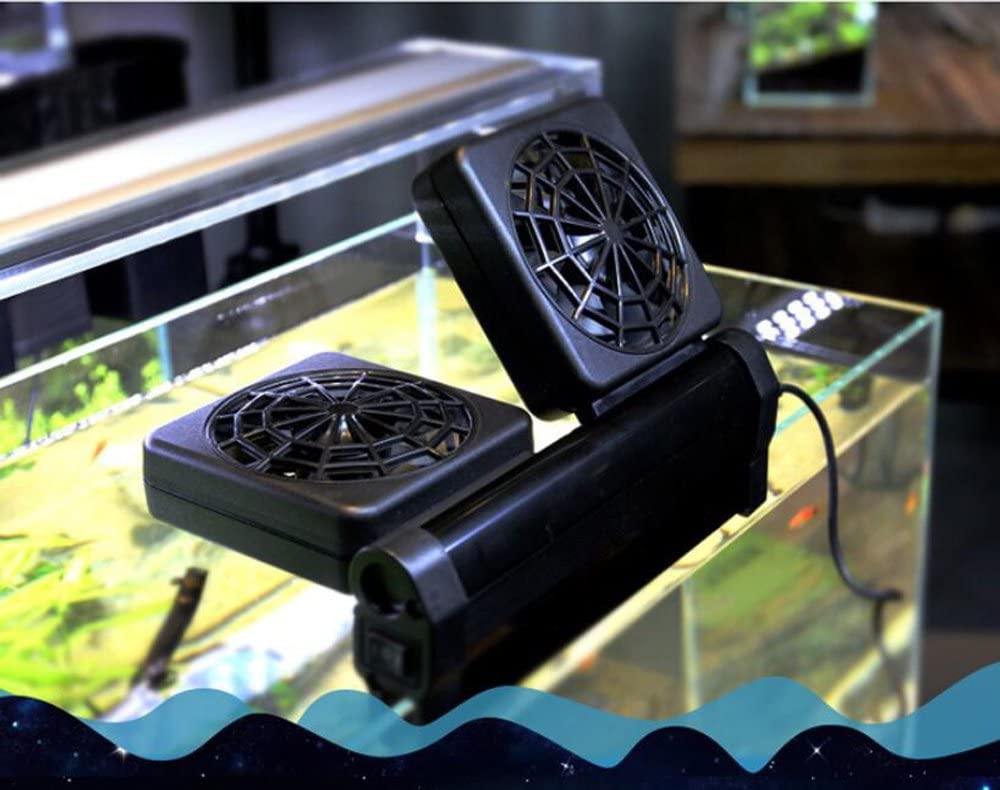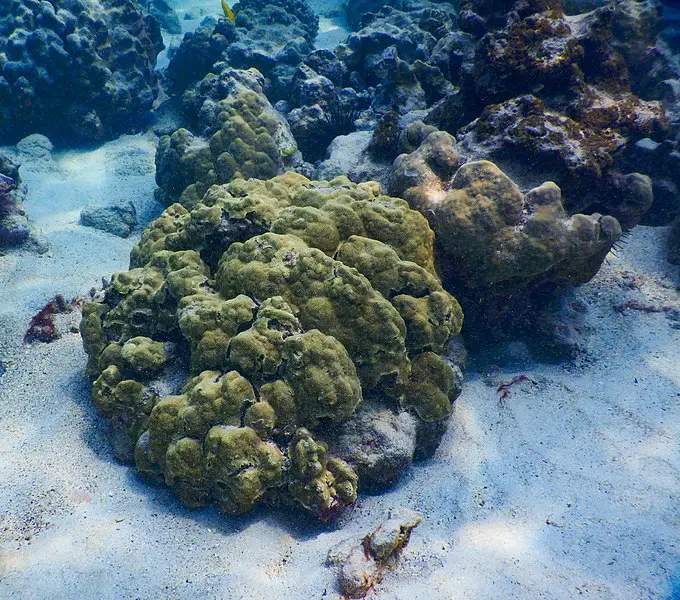Whether you’re just starting or a seasoned pro in aquarium maintenance, regulating the temperature is a critical factor in the success of your tank.
One way to maintain a balanced temperature is to use an aquarium fan. Bear in mind that not all fans are created equal; some automatic models can be particularly good at balancing the temperature of your tank, while others could cause huge variations (if you don’t monitor them sufficiently) that are detrimental to your fish.
Continue reading to discover how effective aquarium fans are, when you should use them, and how best to place them on your tank.
Recommended:
How Effective Are Aquarium Fans?
The optimum temperature for your aquarium is between 25-27 degrees celsius. But as the temperatures shift with the seasons, it can be hard to maintain a steady temperature. During the summer, you may find that your tank is increasingly hotter, and you don’t know how to cool it down.
And that’s where an aquarium fan comes in as an artificial way to keep the equilibrium of your tank.
A fan may seem like an obvious solution to cool your tank, but the answer is not always so straightforward, and aquarium fans can sometimes be ineffective. With regular ambient temperature changes, you may need to readjust your aquarium fan to keep the temperature constant.
However, you can purchase the automated version that solves these issues, such as the fan cooler.
One of the advantages of a fan cooler is that it can be automated to turn on as needed. This is great if you have lights on in the day and turned off at night.. Or if your tank is exposed to different levels of sunlight during the day.
Alternative options include chillers and ice bottles.
A chiller is a box separate from your aquarium that works to lower the water’s temperature effectively. In essence, it is a mini refrigerator that needs its own power supply. While these devices are incredibly effective, they also carry a hefty price tag, which not everyone can or is willing to spend.
An ice bottle is precisely what it sounds like – a bottle of ice. This solution is more of a quick fix than a long-term solution. If you notice the temperature of your tank has peaked, then dropping an icy bottle of water into it can help lower the temperature safely and quickly.
The problem with the ice bottle is that you have no control over how much it drops the temperature. Again, this is a quick emergency fix and in no way ideal as a long-term method for balancing the temperature in your tank.
When Do You Need A Fan For An Aquarium?
The primary time you need a fan for your aquarium will be during the hot summer months. As the ambient surroundings warm up, so does the water in your tank. And this effect is only increased if your tank is placed in an area where direct sunlight glares on it.
If the water in your tank becomes too warm, the metabolism of your fish will speed up, causing them to become more lively and sometimes even hyperactive. At first, this may not sound like too much of a concern, but the problem is that the increase in energy requires a more significant amount of oxygen which can quickly deplete in warm water.
Not only this, but warm water holds less oxygen, so there’s less of it to go around in the first place. And your fish aren’t the only ones who suffer. The healthy bacteria in your tank need oxygen to help them break down ammonia.
Without enough oxygen to go around, ammonia builds up, so a cycle of problems begins in your tank.
In addition, rapid changes in water temperature can cause issues for your fish’s physical and mental wellbeing. These conditions put them under stress, and the fluctuating temperatures can weaken a fish’s immune system, making them more prone to disease and infection.
Where Should An Aquarium Fan Be Placed?
You can cool a tank using evaporative cooling, which removes heat from the surface of the water. For this, you will need to position your fan so that it can blow air over the water’s surface in your tank.
As the fan blows, it causes the topmost layer of water to transform from liquid to gas as it evaporates; this process uses energy.
Think of it like this: it’s a hot summer’s day, so you jump into the pool for a swim. Once you get out, the water begins to evaporate from your skin, which helps you feel cooler than you did before.
There are different types of aquarium fans, such as clip-on fans, exhaust fans, marine fans, and aquarium chillers. While each of these is different, you will position most of them to sit in line with the top of your tank so that the air can skim the surface and cool the tank through evaporative methods.
An aquarium fan allows you to cool down your tank and maintain an ambient temperature to keep your fish healthy. It also increases oxygen concentration and helps prevent excessive amounts of CO2. And an aquarium fan helps prevent bacteria from forming on the water’s surface.
Remember that not all fans are automatic; some will require constant monitoring from you to ensure the balance is right. In addition, a fan is not responsible for circulating the water throughout your tank, and it cannot cure tiredness or lethargy in your fish.
One to two fans are sufficient for a 10-gallon tank, while larger aquariums could need three or more. Never place the fan directly in the water, as this can be seriously dangerous to your fish. The fan should always sit outside of the tank and be able to direct air across the surface of the water.
And keep your fan clean to ensure it doesn’t blow dust or other debris into the tank.
Final Thoughts.
Aquarium fans work as long as you purchase the suitable model for your tank and adequately monitor it. Maintaining a stable temperature is essential for your fish’s health, and a fan is one of the best, most efficient ways to do this.



